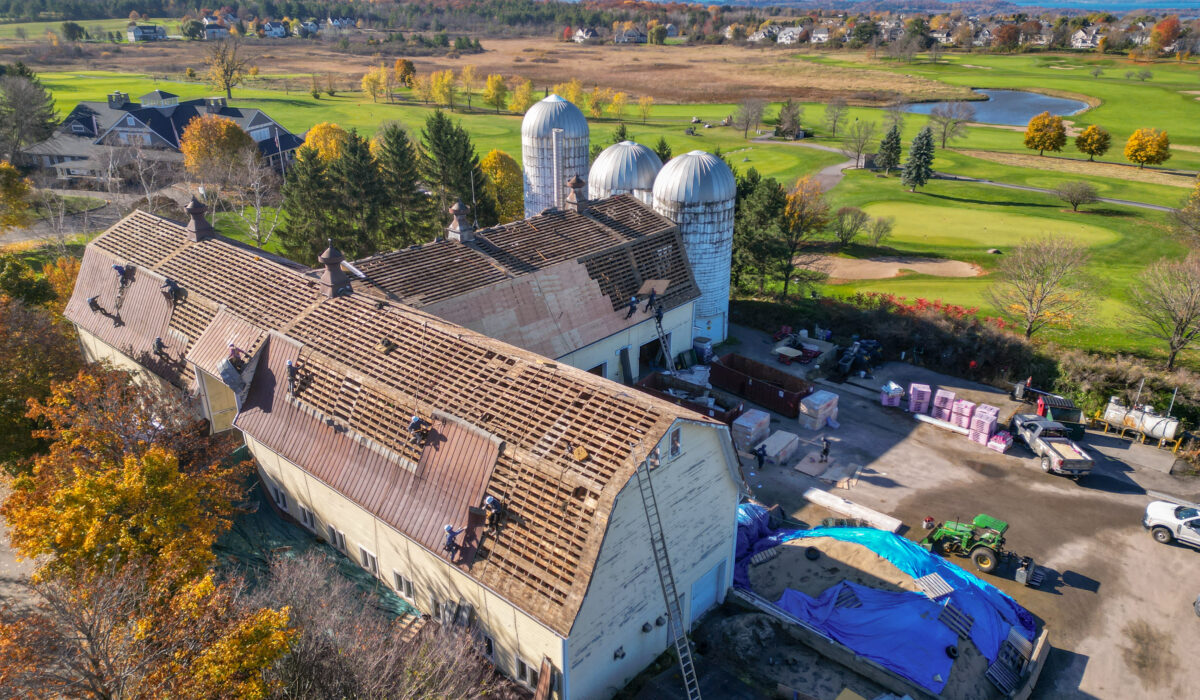A key aspect of a well-functioning roofing system that is often overlooked by homeowners is proper roof ventilation. Adequate roof ventilation plays a vital role in maintaining the health and comfort of your home, preventing issues like moisture damage, mold growth, and excessive heat buildup. As a leading provider of roofing services in Vermont, we appreciate the importance of proper roof ventilation and its impact on your home’s health.
In this comprehensive guide, we’ll explore the ways in which roof ventilation contributes to a healthy living environment and the types of ventilation systems available. Stay informed about the critical role roof ventilation plays in maintaining a healthy home environment.
Benefits of Proper Roof Ventilation
Ensuring adequate roofing ventilation is crucial for a variety of reasons, with the most significant benefits being:
1. Prevention of Moisture Damage: Proper ventilation allows moisture from everyday activities, such as cooking and showering, to escape from your home, preventing it from accumulating in attic spaces and causing damage to your roofing materials, insulation, and framing.
2. Mold and Mildew Prevention: Humidity control, facilitated by effective ventilation, helps prevent the growth of mold and mildew, which can cause structural damage and contribute to poor indoor air quality.
3. Energy Efficiency and Indoor Comfort: Appropriate roof ventilation can help reduce the temperature in your attic, preventing excessive heat buildup and making your home more comfortable during the hot summer months. This, in turn, reduces the strain on your HVAC system, leading to increased energy efficiency and lower energy bills.
4. Extended Roof Life: By preventing moisture damage and reducing heat buildup, proper roof ventilation can extend the life of your roofing materials, potentially delaying the need for roof replacement or major repairs.
Types of Roof Ventilation Systems
There are various roof ventilation systems available, with each offering unique benefits and suitability for different home designs and climates. The most common types of systems include:
1. Ridge Vents: Installed along the roof’s peak, ridge vents allow hot air to escape naturally via convection, while cooler air enters through soffit vents located near the eaves. This system efficiently regulates attic temperature and moisture levels.
2. Soffit Vents: These vents are installed in the eaves of your roof and work in conjunction with ridge vents or other ventilation systems, allowing fresh air to enter the attic and promoting consistent air circulation.
3. Gable Vents: Placed near the roof’s gable end, gable vents permit air to circulate through the attic by allowing hot air to exit and cooler air to enter, reducing humidity and temperature.
4. Roof Vents: These vents are installed directly on the roof and usually consist of a series of vents positioned evenly to promote balanced air circulation in the attic space.
Assessing Your Roof’s Ventilation Needs
Determining if your home’s roof has adequate ventilation requires evaluating several factors:
1. A Balanced System: It’s essential to ensure that your roof’s ventilation system is balanced, with an equal distribution of intake and exhaust vents. A balanced system allows for optimal airflow, preventing hot and cold spots in the attic and promoting efficient moisture and temperature control.
2. Proper Sizing: Consult a professional roofing contractor to determine the appropriate size and quantity of vents required for your home’s specific dimensions, taking into account factors such as attic square footage and roof pitch.
3. Climate Considerations: Depending on your climate, your roof’s ventilation needs may vary. For example, homes in hotter climates may require a more robust ventilation system to manage extreme attic temperatures, while those in colder environments may need additional insulation to prevent ice dams and condensation issues.
Breathe Easy with Optimal Roof Ventilation
Proper roof ventilation is a critical aspect of maintaining a healthy, comfortable, and energy-efficient home. By understanding the importance of adequate ventilation and partnering with a reliable roofing contractor like Three Mountain Roofing, you can ensure that your roof is functioning optimally, providing your home with the protection it needs from moisture damage, mold growth, and excessive heat buildup.


